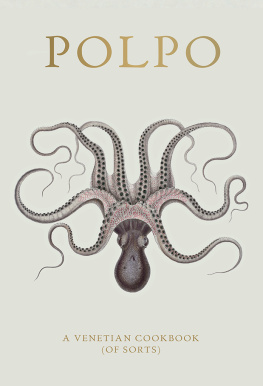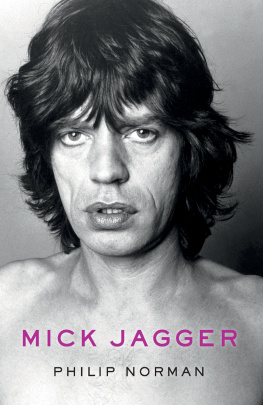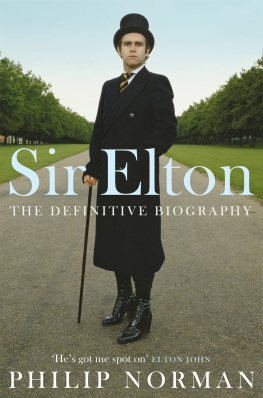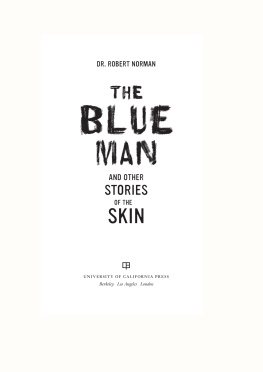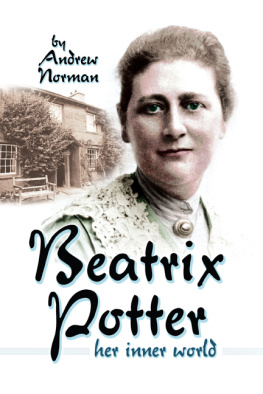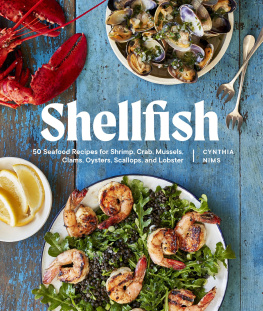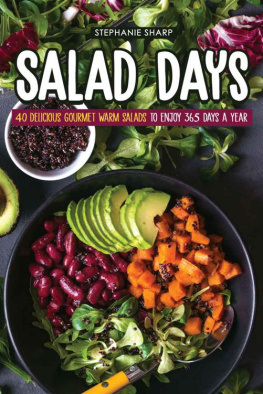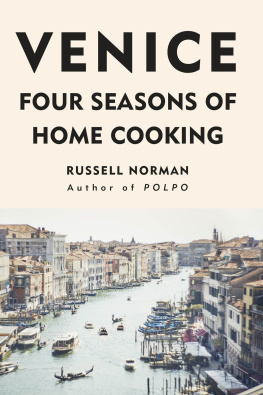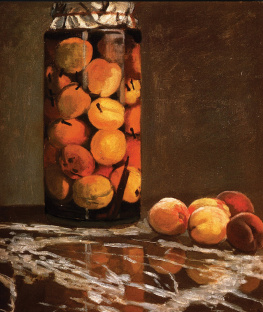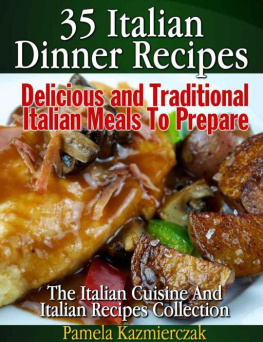No Pizza. No Lasagne. No Directions
Sign on the door of a small osteria
in the Santa Croce district of Venice.



First published in 2012
Copyright 2012 by Russell Norman
Photography 2012 by Jenny Zarins
except photographs Russell Norman
Cover illustration by Alcide dOrbigny (18021857). Reproduced by permission of General Research Division, New York Public Library, Astor, Lenox and Tilden Foundations.
Map Mary Evans Picture Library
This electronic edition published in 2018 by Bloomsbury Publishing Plc
The moral right of the author has been asserted.
All rights reserved
You may not copy, distribute, transmit, reproduce or otherwise make available this publication (or any part of it) in any form, or by any means (including without limitation electronic, digital, optical, mechanical, photocopying, printing, recording or otherwise), without the prior written permission of the publisher. Any person who does any unauthorised act in relation to this publication may be liable to criminal prosecution and civil claims for damages.
Bloomsbury Publishing Plc, 50 Bedford Square, London WC1B 3DP
Bloomsbury USA, 175 Fifth Avenue, New York, NY 10010
Bloomsbury Publishing, London, New York, Berlin and Sydney
A CIP catalogue record for this book is available from the British Library.
Cataloging-in-Publication Data is available from the Library of Congress.
ISBN: 978-1-4088-1679-0 (HB)
ISBN: 978-1-5266-0557-3 (eBook)
Design by Praline
Photography by Jenny Zarins
Index by Vicki Robinson
www.bloomsbury.com/russellnorman
www.bloomsburyusa.com
To find out more about our authors and their books please visit www.bloomsbury.com where you will find extracts, author interviews and details of forthcoming events, and to be the first to hear about latest releases and special offers, sign up for our newsletters.
OVEN TEMPERATURES
The temperatures in these recipes are for conventional ovens. Fan-assisted oven temperatures should be lowered by 10C or even 20C (1 or 2 Gas marks) depending on your oven.









Venice is a city built on water. It is preposterous. If you couldnt see it with your own eyes and touch it with your own fingers, you would think it was some poetic fancy. It really shouldnt be there at all. But it is. And it is beautiful beyond words.
I first visited Venice as a student in the late 1980s. A college friend was spending a summer there with his Italian girlfriend whose mother, a poet, lived in the Giardini district of the city where the Grand Canal widens to join the lagoon. He suggested I travel from France where I was spending my summer to join them for a few days. All the arrangements were made by letter this was before the era of emails and mobile phones.
I got a cheap ticket on the Orient Express from Paris and had to stand in a corridor for the entire journey. I had half a filled baguette, a bottle of water and a packet of Gitanes. I was happy.
Arriving in Venice by railway is a complete red herring. The train station, Santa Lucia, is austere and modernist, built in the twenties and thirties in a style that would have pleased Mussolini. I really had no idea what to expect from the city, only the vague notion that there would be lots of marble and that there might be a canal or two at some point.
I have a vivid memory of emerging into bright sunlight and searing August heat, walking down the wide steps outside the station, and stopping and staring, eyes on stalks, head spinning. Venice does that to you.
Here in front of me was a city of mind-boggling majesty. Visitors to Florence, Italys second-most beautiful city, sometimes complain of Stendhal Syndrome a feeling of being overwhelmed by beauty. I was feeling gobsmacked just standing by the bus stop and I had been here only ten minutes.
I jumped on the Number 1 vaporetto the waterbus that rides the length of the Grand Canal from Ferrovia to Lido at a steady five kilometres per hour and tried to take the city in. We passed buildings and structures that seemed familiar and strange at the same time. Rialto Bridge, the fish market, the museums of Ca Pesaro and Accademia, the church of Santa Maria della Salute, the Doges Palace, Hotel Danieli Venice seemed less and less real as we sailed further into the city centre. I started to hallucinate that it was a gigantic film set, impossibly floating on emerald green water.
Then I arrived at Giardini in the Castello district, mercifully free of tourists, even in August, but still within walking distance of St Marks Square and a single waterbus stop from the beaches of Lido. I spent a week there with my friends and I suppose thats when my affair with Venice started.
In the early years of our courtship, my wife Jules and I travelled to Venice many times. We made the obligatory visits to the appropriate galleries and paid homage to the requisite architecture, but I also became really interested in the food and drink.
Venices restaurants have an appalling reputation one that is largely justified, principally because of the shocking food you find in the tourist-trap joints around the hubs of St Marks Square and Rialto Bridge. These places appeal to the lowest-common-denominator needs of the weary tourist who has been on his feet all morning and has developed a carbohydrate deficiency that can be quelled only by mounds of lasagne, bowls of spaghetti and plates of pizza. Abysmal, and about as authentic as the plastic golden gondolas for sale on Ruga dei Oresi in Rialto.
What interested me were glimpses of tiny wine bars in alleys where locals would stand at the counter, a luminous orange drink in one hand and a small snack in the other. You could tell they were locals because they wore dark clothes or market traders overalls and shouted at each other in dialect. And they were mostly tourist-free; barely a backpack, map or baseball cap in sight.
Next page
